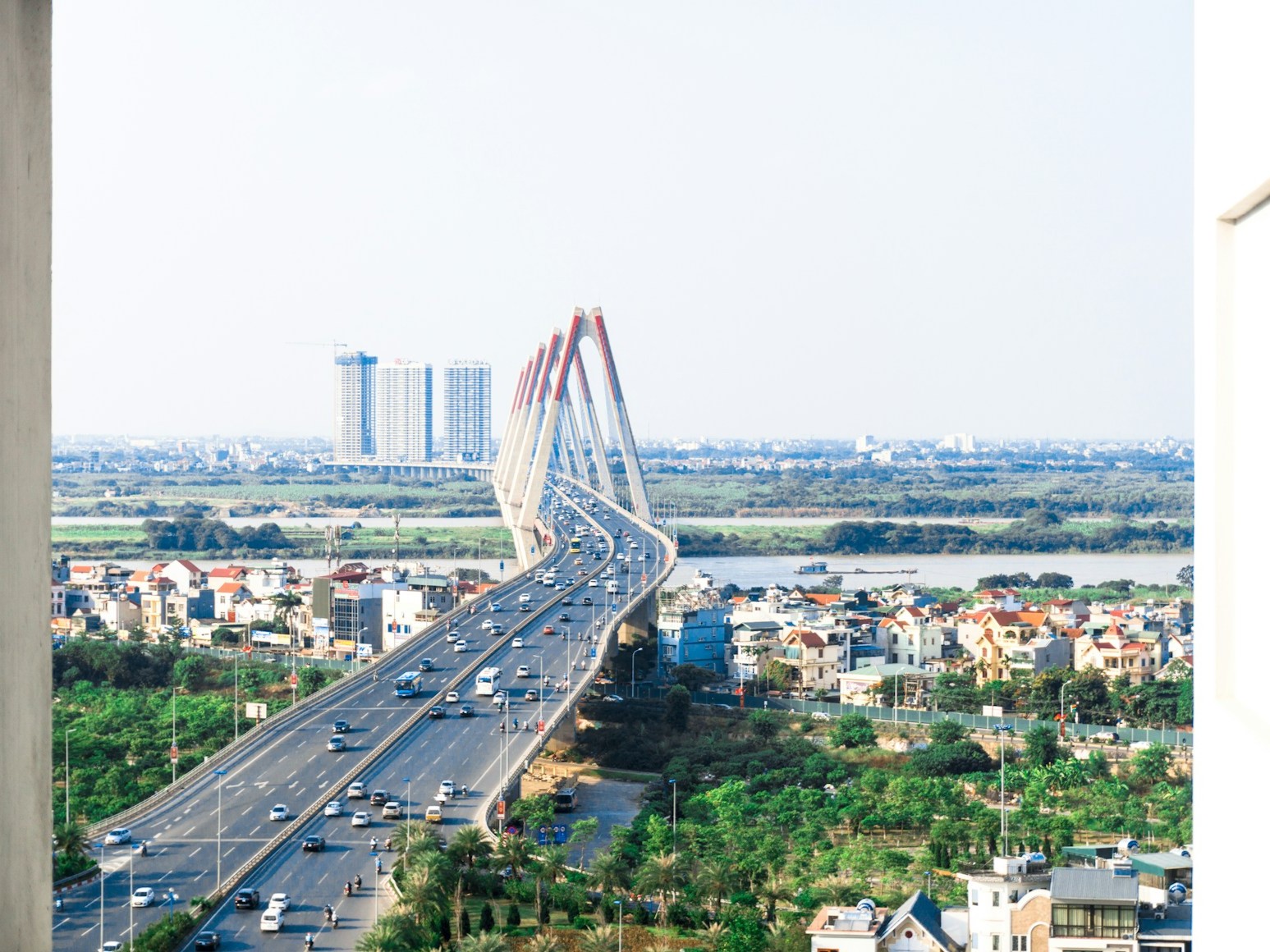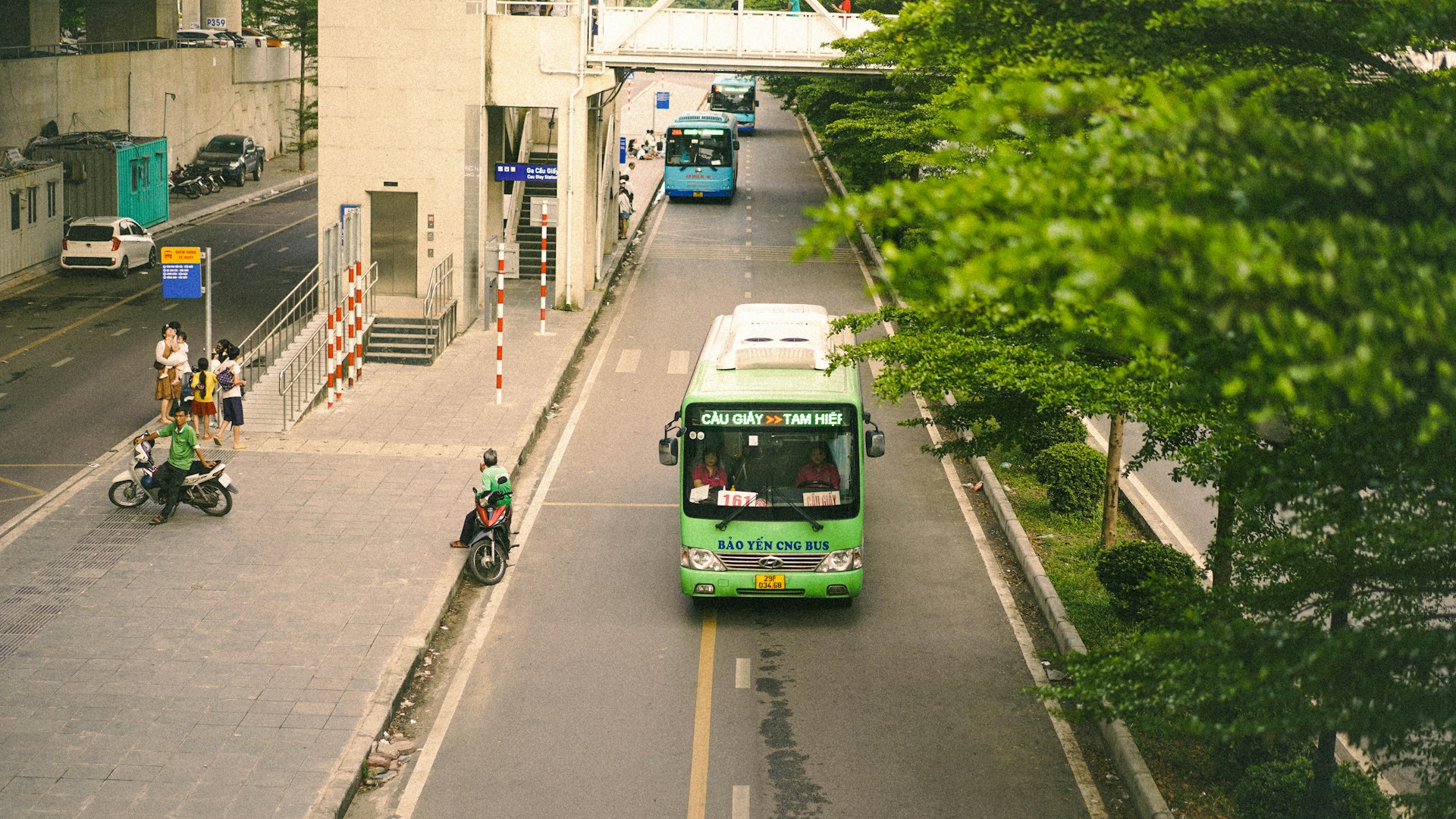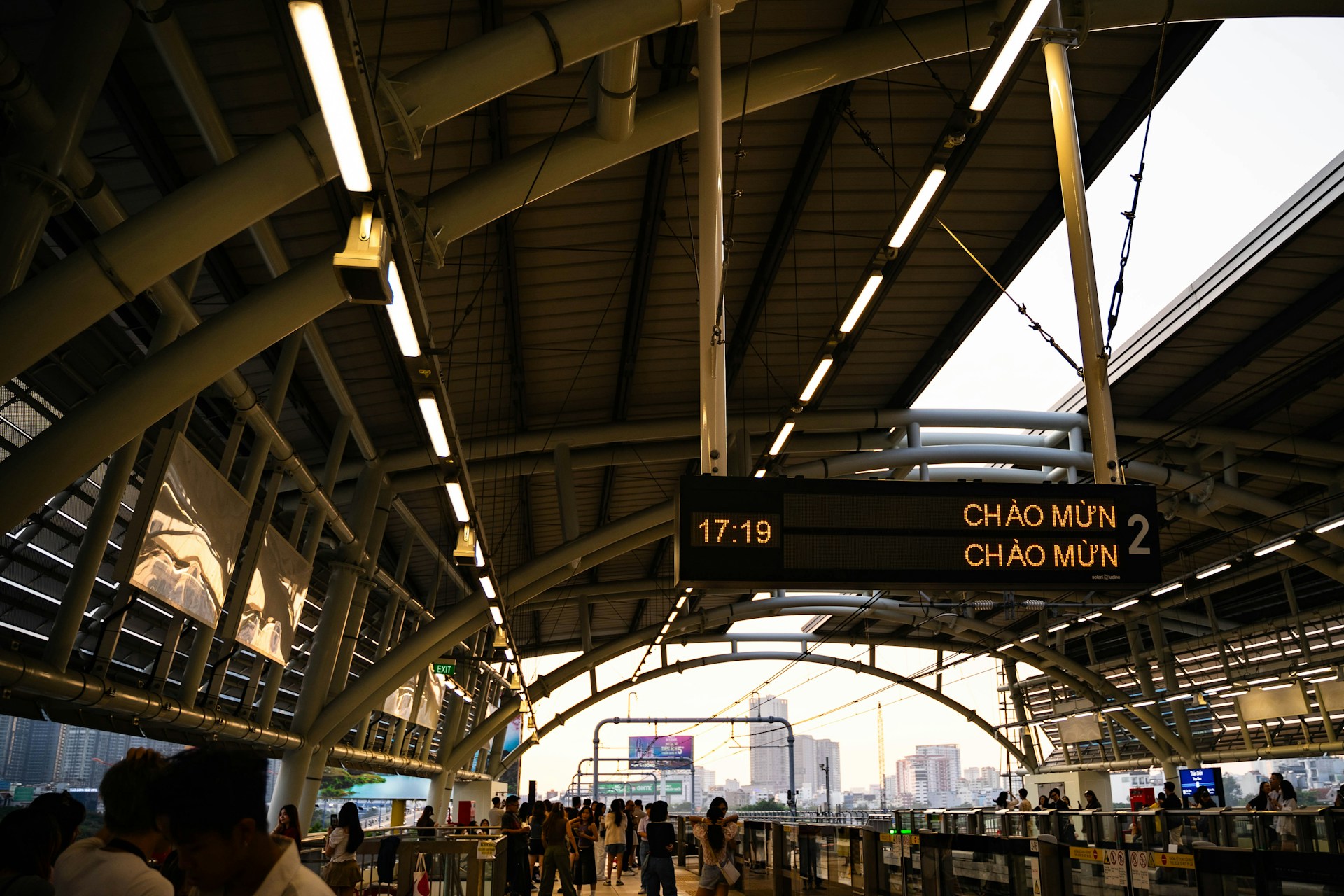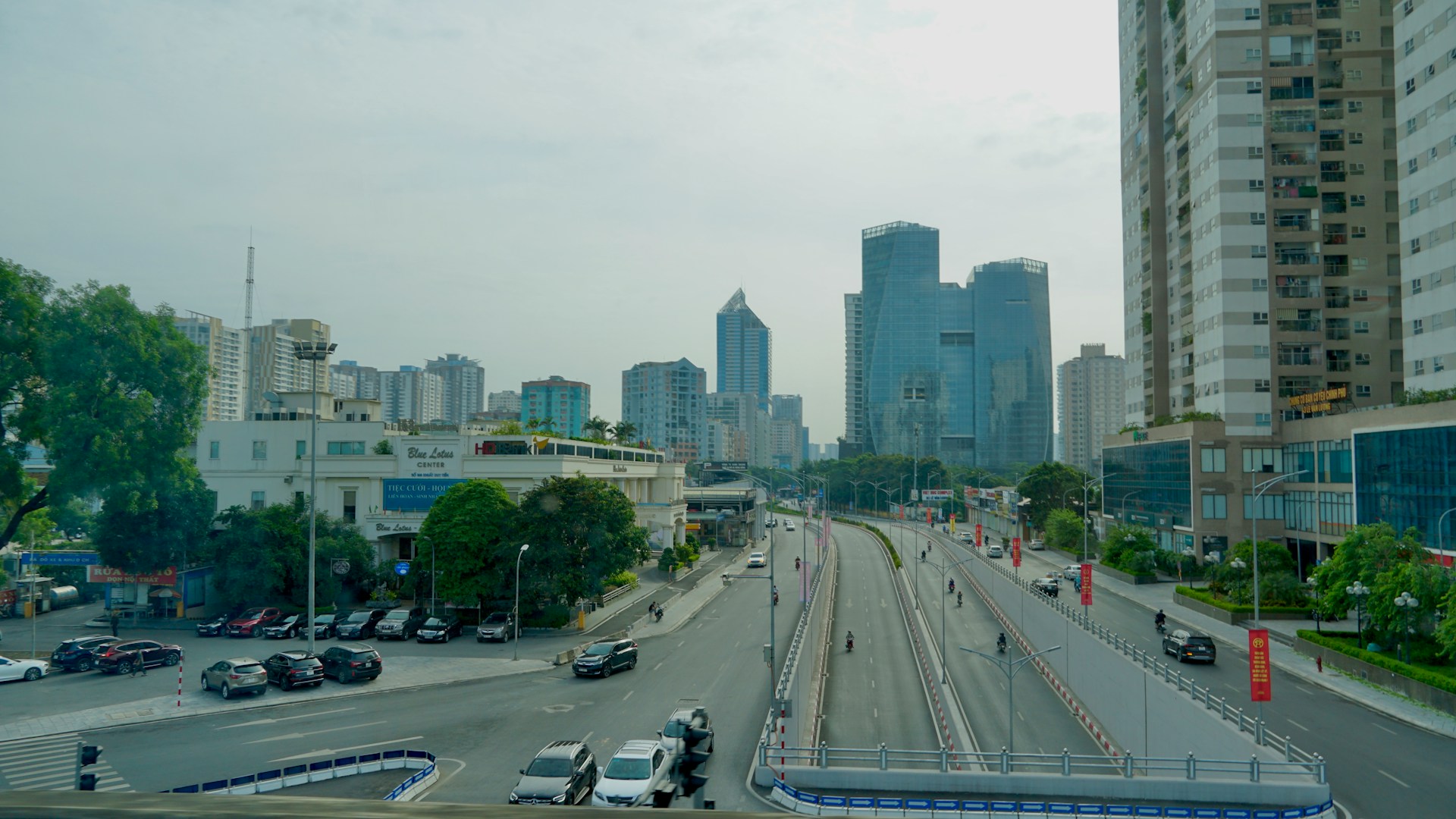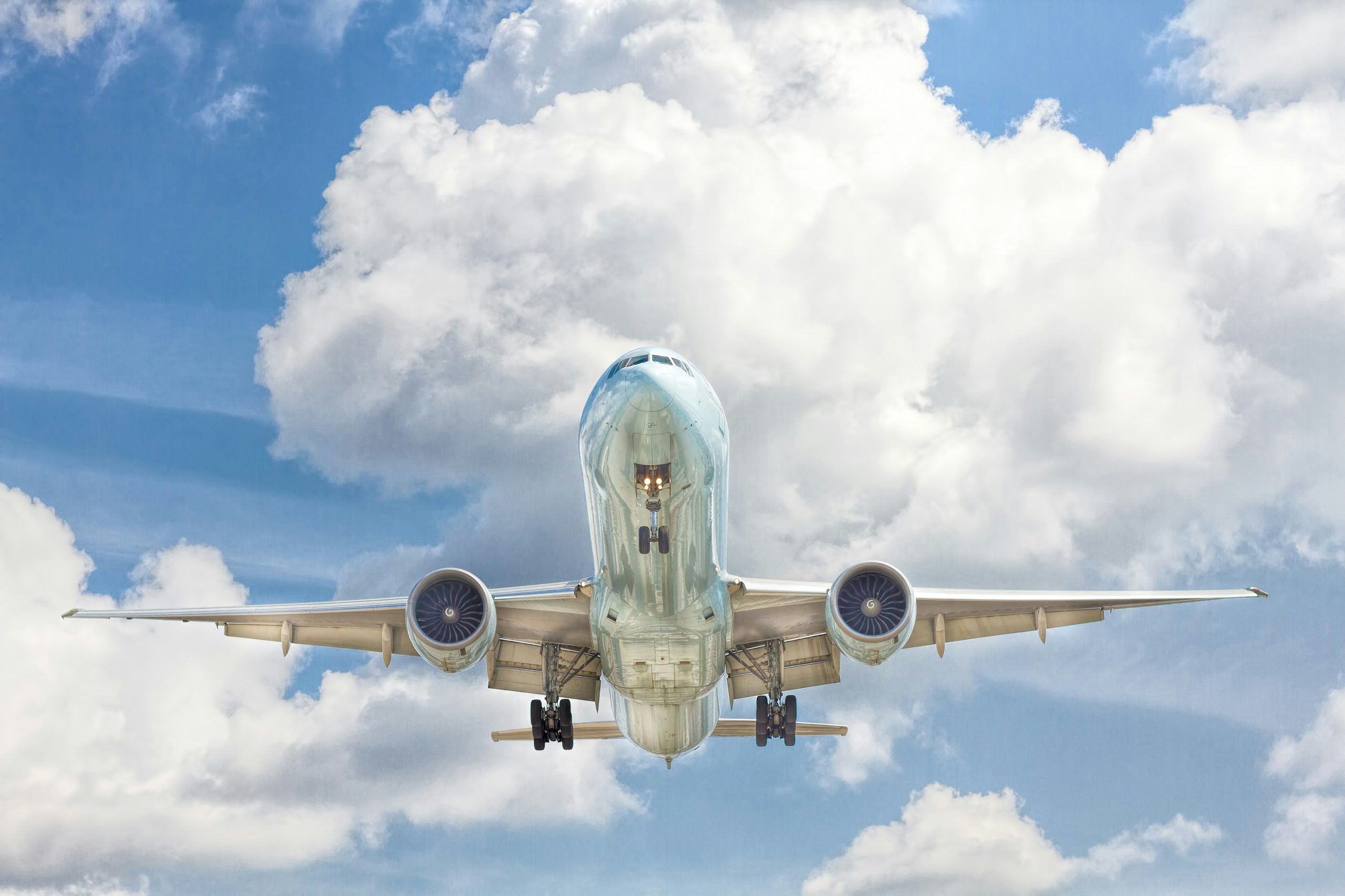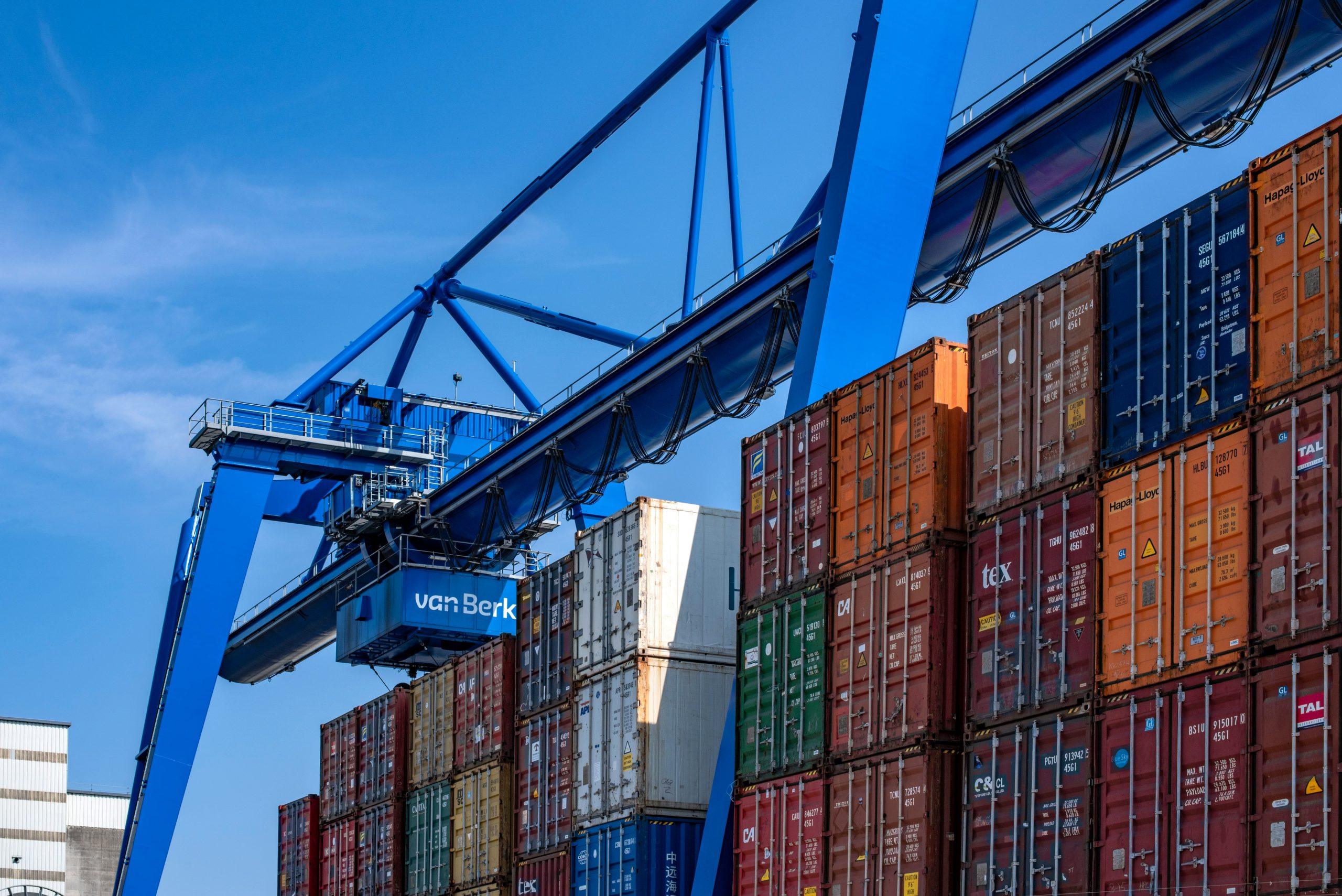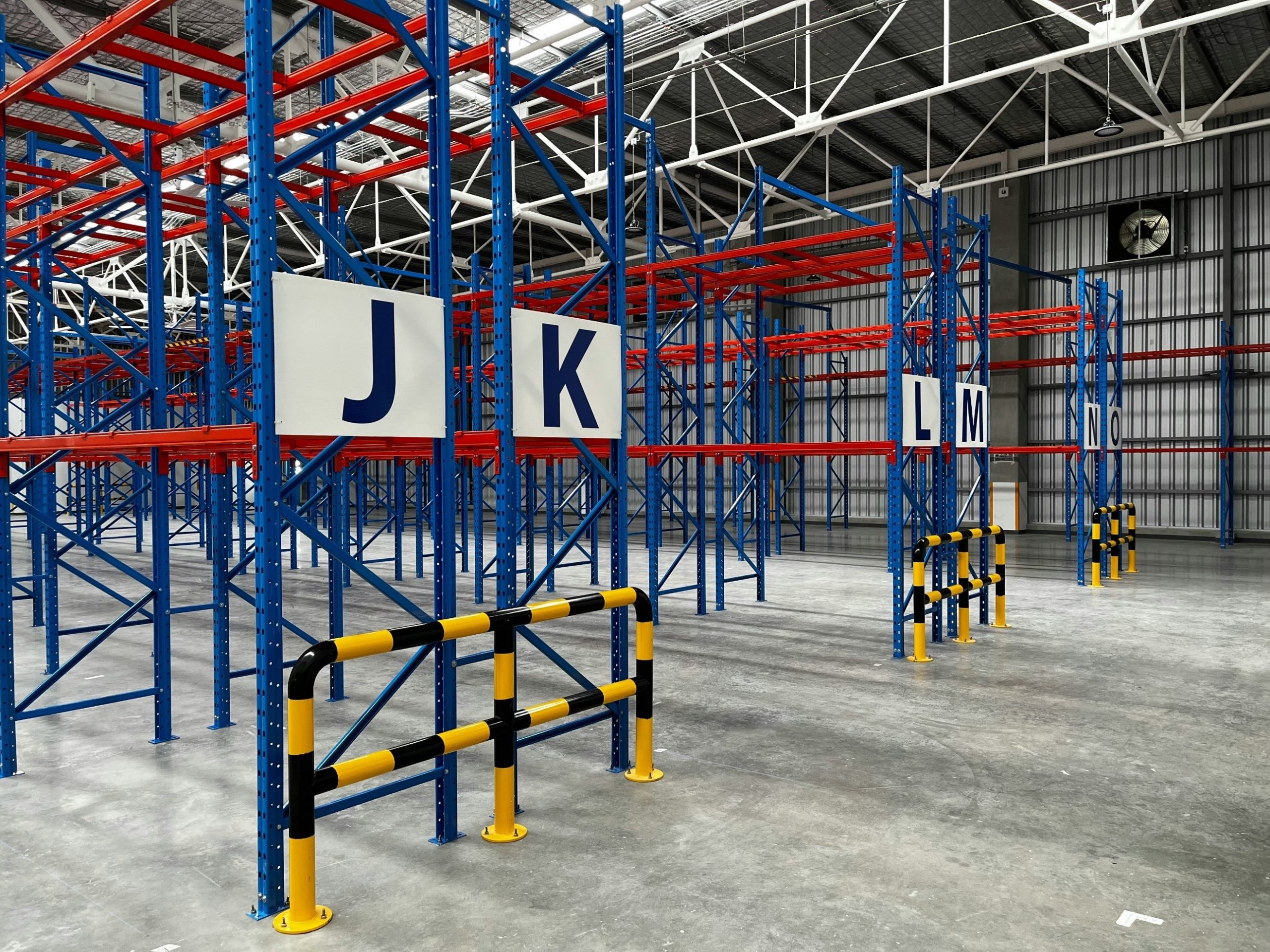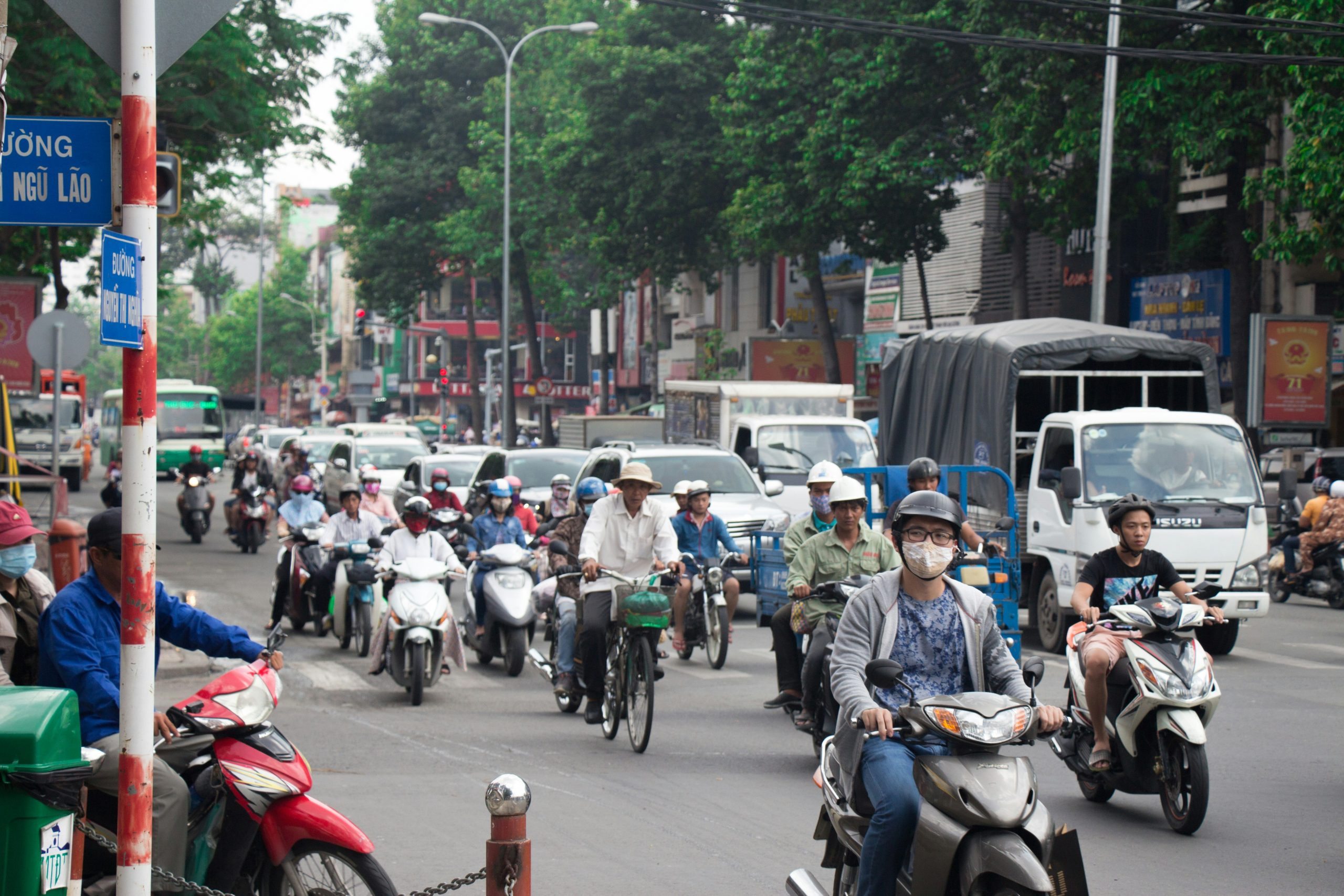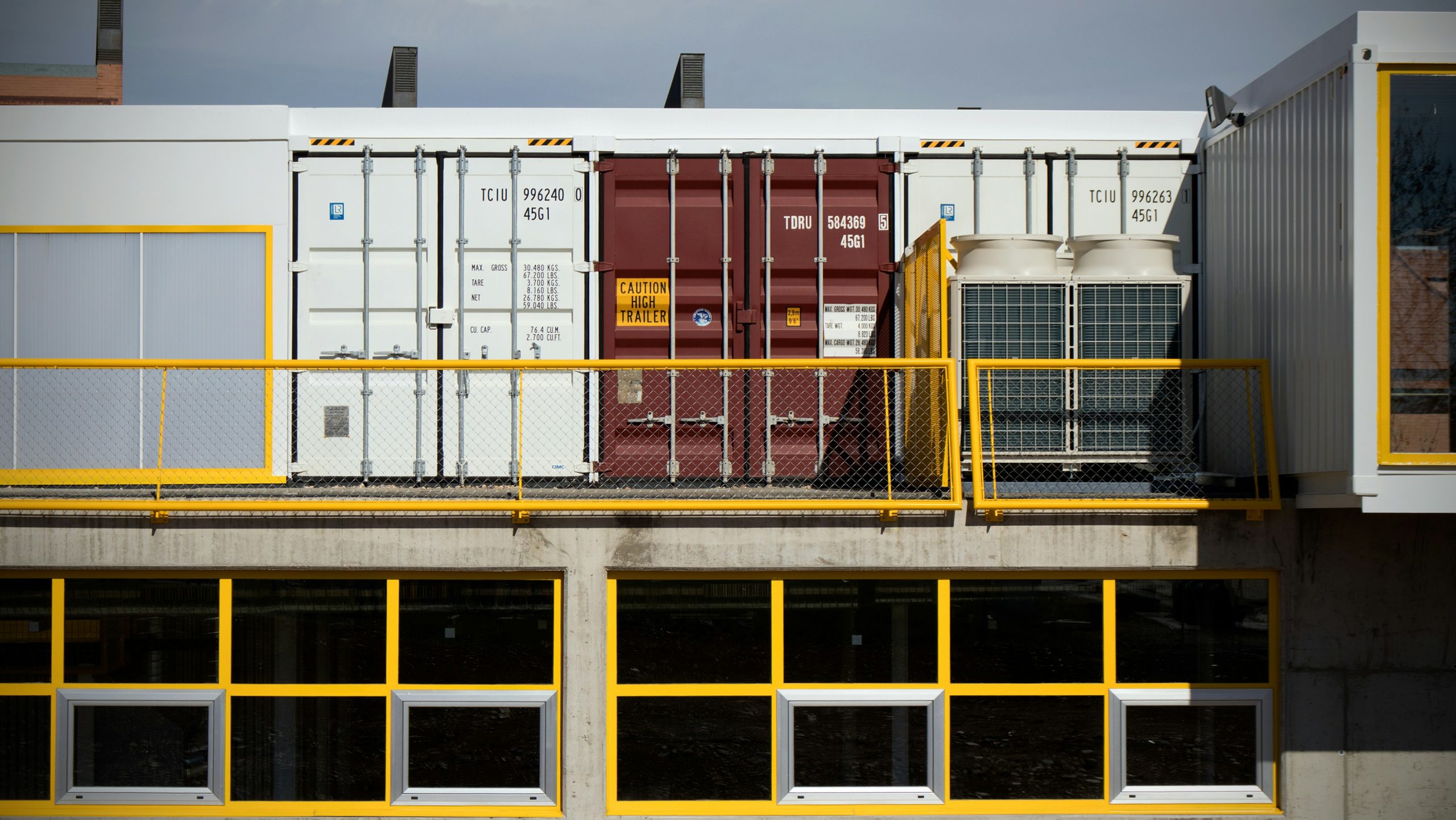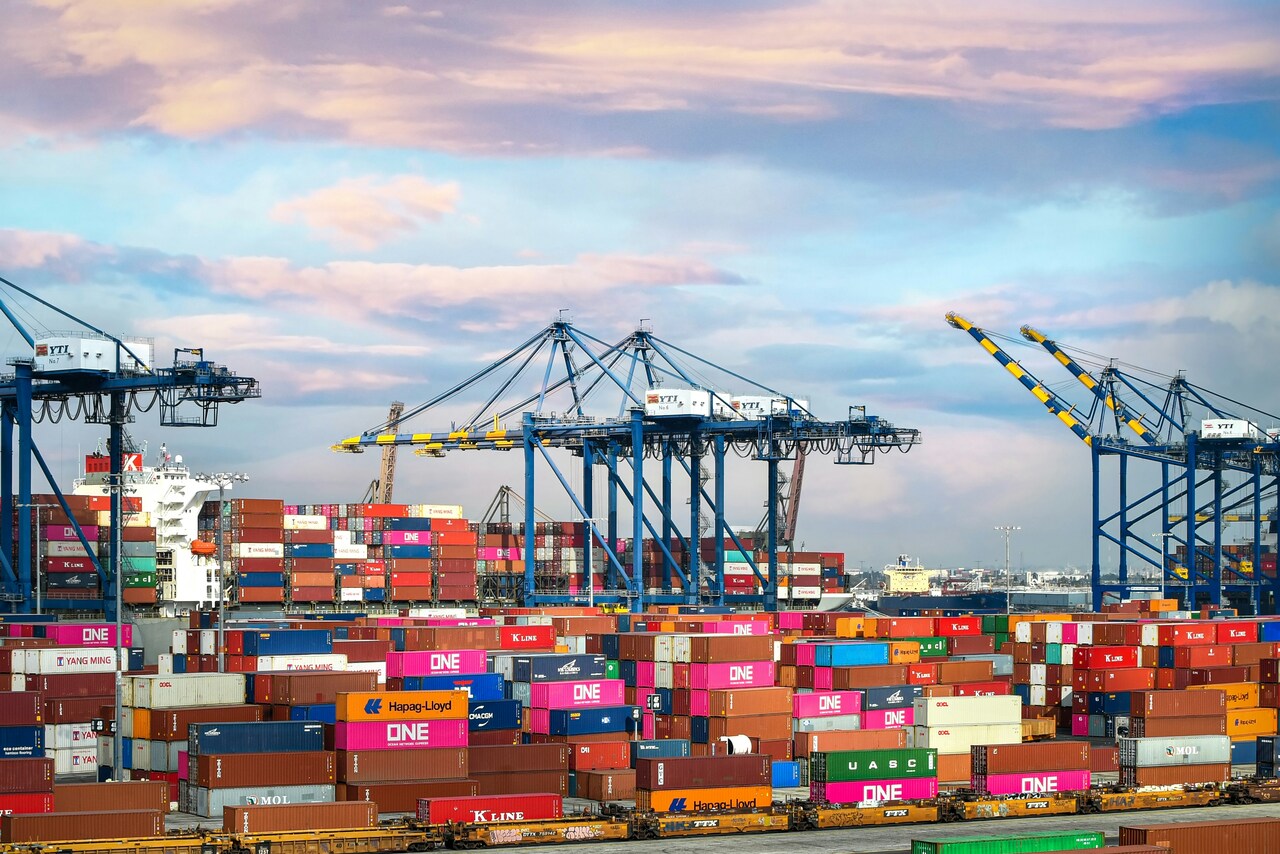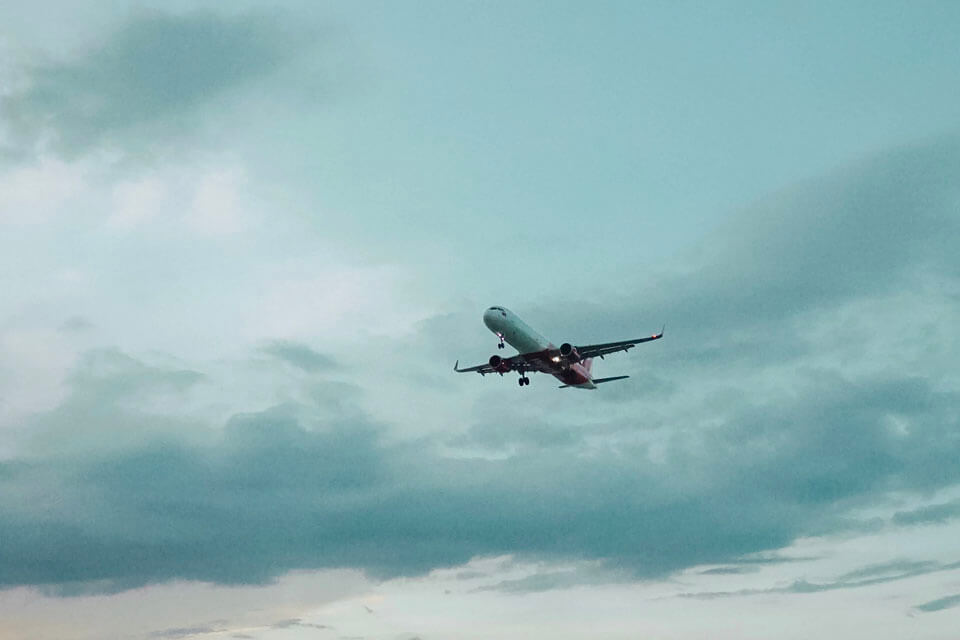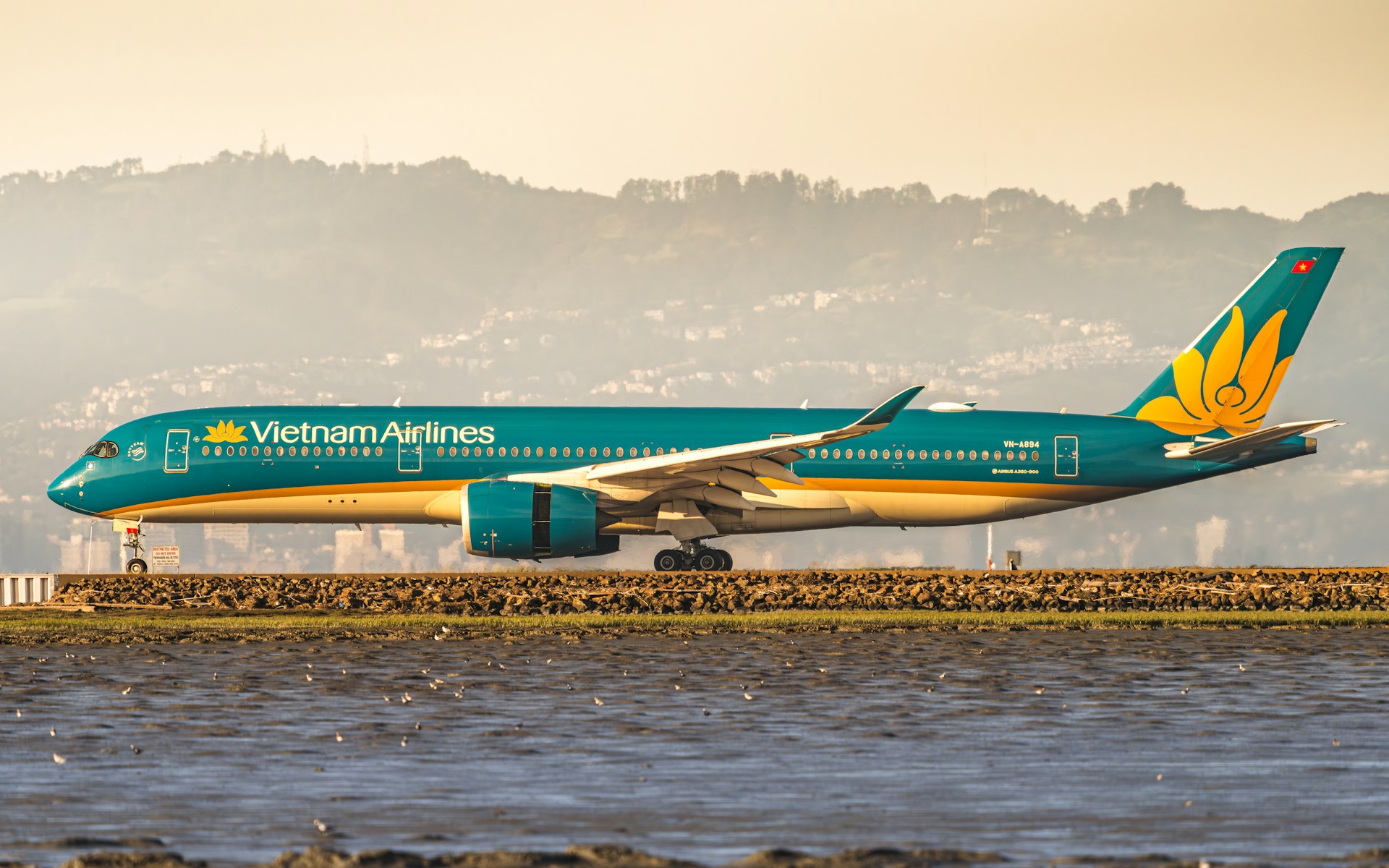
195월2025
하이라이트 콘텐츠 / 하이라이트 콘텐츠 JP / 하이라이트 콘텐츠 vi / 업계 리뷰 / 최신 뉴스 및 보고서
댓글: 댓글 없음.
베트남 항공 시장은 급속한 성장을 경험하고 있지만, 중요한 전환점에 서 있습니다. 사상 최고 수준의 승객 수와 코로나19 이후의 뚜렷한 회복 조짐에도 불구하고, 항공 업계는 정시 운항률 저하, 항공기 도입 지연, 국제선 고객 만족도 저하 등 심각한 어려움에 직면해 있습니다. 본 기사는 베트남 항공 산업의 현재 상황과 미래 전망을 종합적으로 분석하며, 특히 국적 항공사인 베트남 항공(VNA)을 중심으로 분석합니다.
정시성 저하
베트남 항공사의 정시율은 2020-2021년 코로나19 팬데믹 기간 동안 높은 수준을 기록했지만, 2022년 이후 혼잡과 운영 효율성 저하로 인해 하락세를 보이고 있습니다. 2024년 비엣젯 항공의 정시율은 약 63%로 하락한 반면, 베트남 항공(VNA)은 83%로 비교적 안정적인 수준을 유지했습니다.
베트남 주요 항공사의 정시 운항률(%)
| Vietnam Airlines | 비엣젯 항공 | 뱀부 항공 | 퍼시픽 항공 | 바스코 | 비엣트래블 항공 | |
| 2020 | 95.00 % | 89.60 % | 96.00 % | 90.00 % | 92.00 % | – |
| 2021 | 95.00 % | 90.00 % | 96.50 % | 91.00 % | 93.00 % | – |
| 2022 | 87.10 % | 79.50 % | 92.50 % | 84.50 % | 92.00 % | 86.50 % |
| 2023 | 86.80 % | 79.00 % | 92.40 % | 84.40 % | 91.00 % | 86.60 % |
| 2024 | 83.00 % | 63.00 % | 82.80 % | 71.70 % | 85.50 % | 81.50 % |
(2024년 자료는 2024년 1월~9월 기간입니다)
평균 지연 시간 측면에서 VNA는 약 45분으로 비교적 짧은 지연 시간을 기록하는 반면, VietJet Air는 60분을 초과하는 지연 시간을 기록하여 두 국내 항공사 간의 차이를 극명하게 드러냅니다. 이러한 데이터를 고려할 때, VNA는 역내에서 평균 수준의 운항을 유지하고 있다고 할 수 있습니다.
노후화된 함대, 지연된 배송 및 운영 효율성 저하
VNA는 현재 약 180대의 항공기를 보유하고 있지만, 실제로 여객 서비스를 제공하는 항공기는 약 150대 정도에 불과한 것으로 알려졌습니다. 이러한 공백은 주로 노후 항공기의 퇴역, 리스백 계약 재편, 그리고 신규 항공기 인도 지연에 기인합니다. 특히 보잉 737 MAX를 둘러싼 국제적인 문제는 광범위한 영향을 미쳤습니다. 최근 알래스카 항공 사고 이후 조달 일정이 재검토되고 있으며, 이는 VNA의 계획에도 영향을 미칠 것으로 예상됩니다. 더욱이 신흥 시장의 수요 급증으로 인해 인도 지연이 심화됨에 따라 보잉과 에어버스의 공급망은 심각한 부담을 겪고 있습니다.
소셜 미디어를 통한 고객 목소리: 국제 노선에 대한 엄격한 감시
소셜 미디어 분석에 따르면 베트남 항공(VNA)에 대한 비판의 상당 부분은 국제선의 지연 및 갑작스러운 운항 스케줄 변경에 집중되어 있습니다. 예를 들어, 2024년 초 보고서에 따르면 하노이-싱가포르 노선은 평균 1시간 이상의 빈번한 지연을 경험했습니다. 반면, 국내선은 정시 운항에 대해 일반적으로 더 긍정적인 평가를 받아 전반적인 고객 만족도가 비교적 안정적으로 유지되는 데 기여합니다.
여행 업계 전문가들은 통계적인 지연율은 개선되었지만, 서비스 품질에 대한 체감은 여전히 개선의 여지가 있다고 지적합니다. 특히 출장 수요가 높은 노선에서는 재예약 요청 및 일정 변경에 대한 신속한 대응에 대한 기대가 커지고 있습니다.
승객 수, 코로나19 이전 수준 넘어 새로운 기록 경신
항공 시장의 회복 속도 또한 주목할 만합니다. 2023년 국내선 및 국제선 항공 여객 수는 약 1억 2,500만 명으로 전년 대비 29%(약 3조 2천억 원) 증가하며 사상 최고치를 기록했습니다. 베트남 항공(VNA)은 약 2,400만 명의 승객을 수송하며 국내 시장 점유율 21%를 확보했습니다. 특히 국내선 여행은 이미 코로나19 이전 수준을 넘어섰으며, 이는 회복력이 강한 수요를 시사합니다. 국제선 여행은 2019년 수준인 약 85%(약 3조 2천억 원)를 유지하고 있지만, 2024년 말까지는 완전히 회복될 것으로 예상됩니다.
베트남 항공사 승객 수(명)
| 국내선 승객 수(백만명) | 국제선 승객 수(백만 명) | |
| 2020 | 70 | 30 |
| 2021 | 75 | 32 |
| 2022 | 80 | 35 |
| 2023 | 85 | 40 |
| 2024 | 90 | 45 |
요약: 개선 및 경쟁력 강화를 위한 단계
베트남 항공 시장은 급속한 성장을 거듭하며 문제점을 해결하고 있으며, VAN에 있어서는 다음과 같은 사항이 특히 중요합니다.
– 지연율 지속적 개선: 2023년 지연율 12.5%를 낮추기 위해 월별 데이터의 대중 공개 및 투명성을 개선합니다.
– 장비 조달 효율성 향상: 신규 장비 도입 및 유지보수 효율성을 개선하여 보유 장비 활용률을 높입니다.
– 사용자 관점에서의 서비스 개선: SNS와 여행사의 피드백을 반영하여, 특히 국제선의 지연 문제를 신속하게 해결했습니다.
앞으로 베트남 항공(VNA)은 투명성과 품질 관리 측면에서 국제 표준에 더욱 근접할 것으로 예상되며, ANA와 JAL과 같은 일본 항공사의 사례를 참고할 것입니다. 베트남 항공 시장의 성장과 도전이 끊임없이 교차하는 가운데, VNA가 베트남의 미래를 상징할 수 있을지에 대한 의문은 여전히 남아 있습니다.
* 본 기사의 내용을 인용하고자 하시는 경우, 저작권을 존중하여 출처와 원 기사의 링크를 함께 명시해 주시기 바랍니다.
| 비앤컴퍼니
2008년부터 베트남에서 시장 조사를 전문으로 하는 최초의 일본 기업입니다. 업계 보고서, 업계 인터뷰, 소비자 설문 조사, 비즈니스 매칭을 포함한 광범위한 서비스를 제공합니다. 또한, 최근 베트남에서 900,000개 이상의 기업에 대한 데이터베이스를 개발하여 파트너를 검색하고 시장을 분석하는 데 사용할 수 있습니다. 문의사항이 있으시면 언제든지 문의해주세요. info@b-company.jp + (84) 28 3910 3913 |



